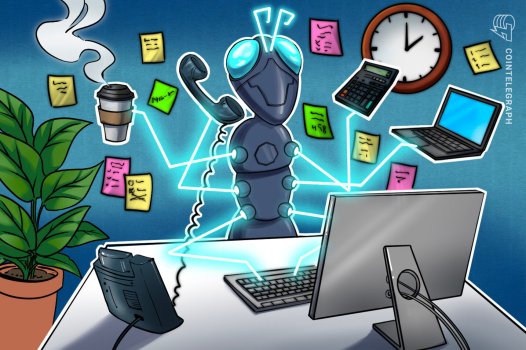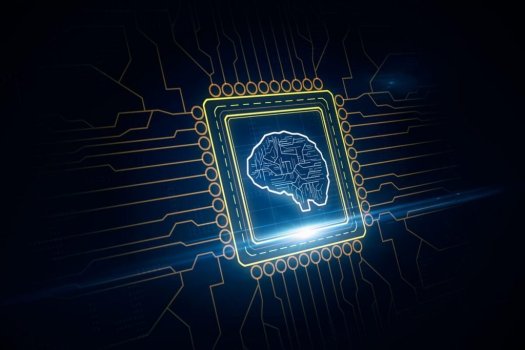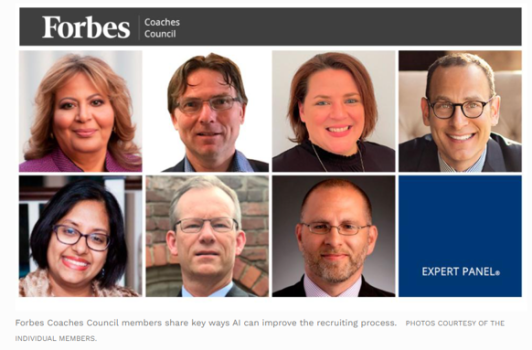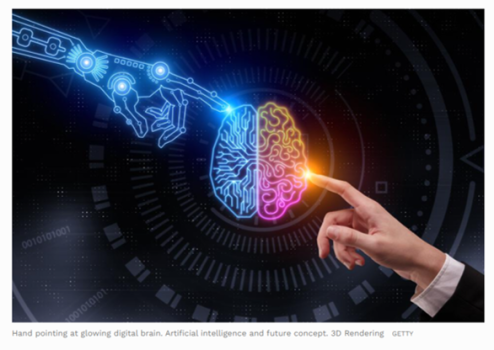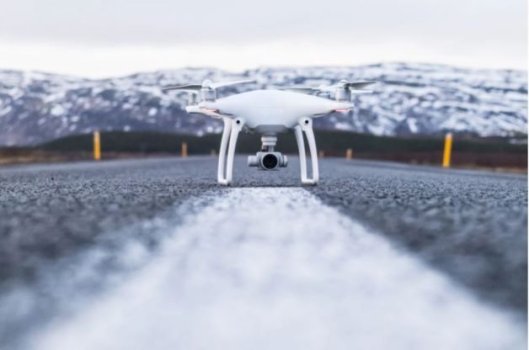Women in the AI field are making research breakthroughs, spearheading vital ethical discussions, and inspiring the next generation of AI professionals. We created the VentureBeat Women in AI Awards to emphasize the importance of their voices, work, and experience and to shine a light on some of these leaders. In this series, publishing Fridays, we’re diving deeper into conversations with this year’s
winners, whom we honored recently at
Transform 2021. Check out
last week’s interview with a winner of our
AI rising star award.
No one got more nominations for a VentureBeat AI award this year than Katia Walsh, a reflection of her career-long effort to mentor women in AI and data science across the globe.
For example, Mark Minevich, chair of AI Policy at International Research Center of AI under UNESCO, said, “Katia is an impressive, values-driven leader [who has] been a diversity champion and mentor of women, LGBTQ, and youth at Levi Strauss & Co, Vodafone, Prudential, Fidelity, Forrester, and in academia over many years.” And Inna Saboshchuk, a current colleague of Walsh’s at Levi Strauss & Co, said, “a single conversation with her will show you how much she cares for the people around her, especially young professionals within AI.”
In particular, these nominators and many others highlighted Walsh’s efforts to
upskill team members. Most recently, she launched a machine learning bootcamp that allowed people with no prior experience to not only learn the skills, but apply them every day in their current roles.
VentureBeat is thrilled to present Walsh with this much-deserved AI mentorship award. We recently caught up with her to learn more about the early success of her latest bootcamp, the power of everyday mentorship, and the role it can play in humanizing AI.
This interview has been edited for brevity and clarity.
VentureBeat: You received a ton of nominations for this award, so clearly you’re making a real impact. How would you describe your approach to AI mentorship?
Katia Walsh: My approach is not specific to AI mentorship, but rather overall leadership. I consider myself to be a servant leader, and I see my job as serving the people on my teams, my partners’ teams, and at the companies that I have the privilege to work for. My job is to remove barriers to help them grow, learn, engage, and mobilize others to succeed. So that extends to AI, but it’s not limited to that alone.
VentureBeat: Can you tell us about some of the specific initiatives you’ve launched? I know at Levi Strauss & Co, for example, you recently created a machine learning bootcamp to train more than 100 employees who had no prior machine learning experience, most of them women. That’s amazing.
Walsh: Absolutely. So we are still in the process. We just started our first cohort between April and May, where we took people with absolutely no experience in coding or statistics from all areas of the company — including warehouses, distribution centers, and retail stores — and sought to make sure we gave people across geographies and across the company the opportunity to learn machine learning and practice that in their day job, regardless of what that day job was.
So we trained the first cohort with 43 people, 63% of whom were women in 14 different locations around the world. And that’s very important because diversity comes in so many different ways, including cultural and geographic diversity. And so that was very successful; every single one of those employees completed the bootcamp. And now we’re about to start our second cohort with 60 people, which will start in September and complete in November.
VentureBeat: I’m glad you mentioned those different aspects of diversity, because the industry is full of conversations around diversity, inclusion efforts, and ethical AI — some of them more genuine than others. So how does AI mentorship ladder up to all that?
Walsh: I see it as just yet another platform to make an impact. AI is such an exciting field, but it can also be seen as intimidating. Some people don’t know if it’s technology or business, but the answer is both. In fact, AI is actually part of our personal lives as well. One of my goals is to humanize the field of AI so that everyone understands the benefits and feels the freedom and the power to contribute to it. And by feeling that, they will in turn help make it even more diverse. At the end of the day — at this point, at least — AI is the product of human beings, with all of human beings’ mindsets, capabilities, and limitations. And so, it’s also imperative to ensure that when we create algorithms, use data, and deliver digital products, we do our very best to really reflect the world we live in.
Continue reading:
https://venturebeat.com/2021/08/27/how-to-upskill-your-team-to-tackle-ai-and-machine-learning/










